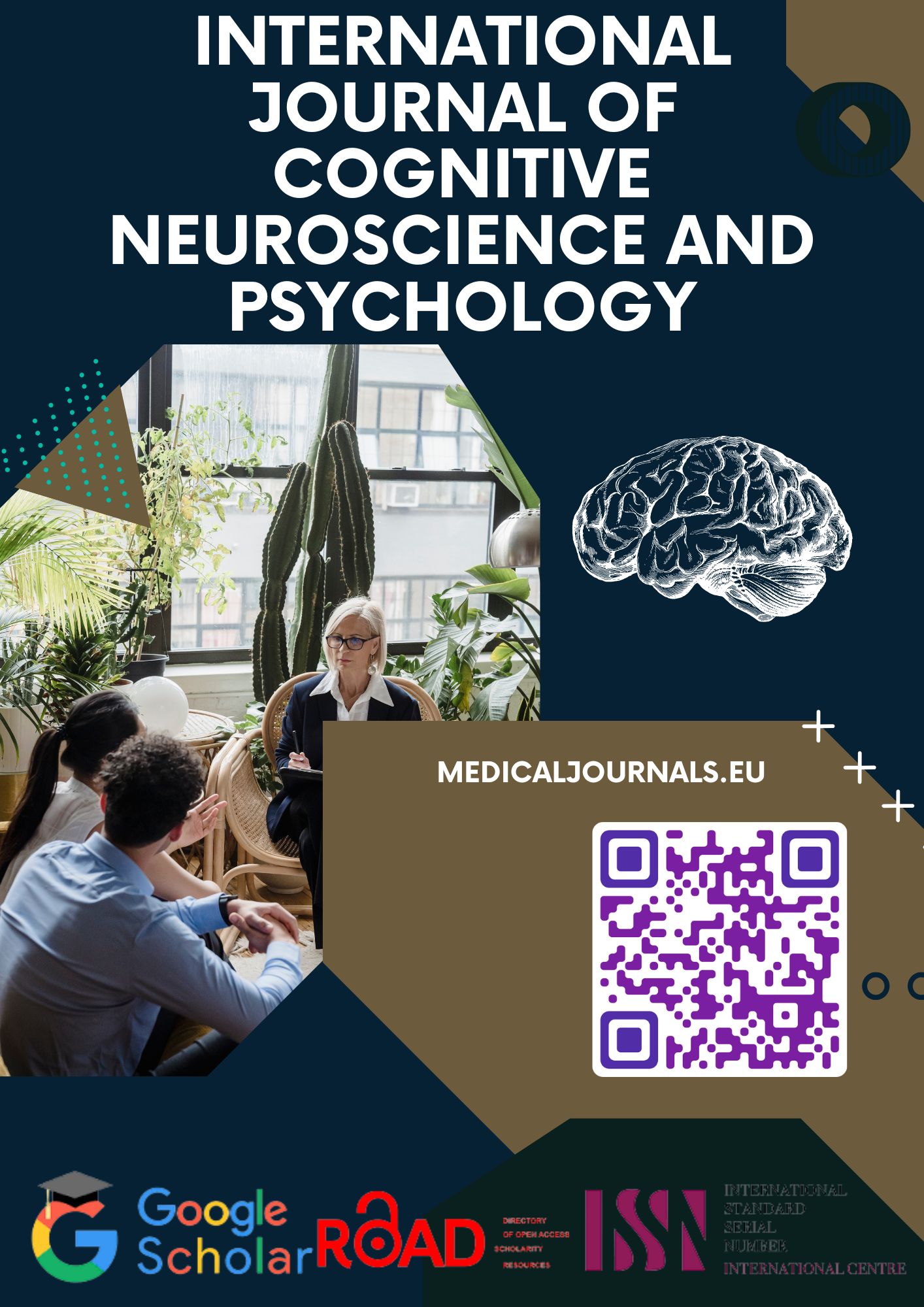BODY IMAGE AND FUNCTIONAL LOSS IN STROKE EXPERIENCE OF PSYCHOLOGICAL CARE THROUGH EFT: A CASE STUDY
Keywords:
Stroke, Aftereffects, EFT, Body imageAbstract
Cerebrovascular accidents (CVAs) are the leading cause of death along with cardiac events. They represent the third cause of mortality and the first cause of acquired disability in Western countries. Strokes increase with age: 78% of strokes occur after age 75. If two thirds of elderly people survive a stroke, half have serious after-effects which open the door to other types of disorders which render doctors powerless in an environment which is conspicuous by the absence of psychological support.
This article aims to evaluate psychological disorders after a major stroke and provide psychological care using EFT therapy. We set up an experimental study during which we evaluated psychological disorders (body image, anxiety, depression), in a sample composed of 15 participants, at different times after a major stroke. : during the initial hospitalization, after returning home, six months and nine months after the accident. At the same time, we also administered psychological care during the nine months of the study.
The initial assessment (T1) shows body dissatisfaction and progressive integration of the new body and a significant reduction in anxiety-depressive type mood disorders after the start of EFT therapy. These results underline the need not to neglect the importance of psychological management, from the acute phase, of somatic symptoms, independently of the prognosis of neurophysiological recovery. On the other hand, our results highlight a reduction in the severity of psychological symptoms and an acceptance of the new body among the participants.
References
American Psychiatric Association. (1994). Diagnostic and statistical manual of mental disorders (4th ed.).
A. Schnitzler, 2015. « Handicap dans les suites d’un accident vasculaire cérébral : étude de prévalence et impact des filières de soins » (thèse de doctorat). Université de Versailles Saint-Quentin-en-Yvelines, Ecole doctorale des Génomes Aux Organismes, 184p.
Calmels, Paul & Béthoux, François & Roche, G. & Fayolle-Minon, Isabellei & Picano-Gonard, C.. (2003). Évaluation du handicap et de la qualité de vie chez les blessés médullaires : étude d’un échantillon de population de 58 sujets vivant à domicile. Annales de Réadaptation et de Médecine Physique. 46. 10.1016/S0168-6054(03)00084-9.
Farrell, Clare & Lee, Michelle & Shafran, Roz. (2005). Assessment of body size estimation: A review. European Eating Disorders Review. 13. 75 - 88. 10.1002/erv.622.
Frénisy M.C., Minot D., Soutenet M., Amiot N. (2005), « Accidents vasculaires cérébraux : approche psychopathologique et approche neuropsychologique. A propos d’un cas : MJ », Annales Médico-Psychologiques, 136, 65-72.
LE Breton D., La sociologie du corps, Paris, P.U.F, Que sais-je ?, 1992.
Schilder P., L’image du corps. Paris, Gallimard, 1968.







